Rippin’ Thru Time: Remembering Honda’s “Little Red” ATV that Could...

Honda’s ATC 70 Was the Freedom Machine for the Under-10 Set
A few years after the launch of Honda’s iconic ATC 90, dealers were asking for a downsized version for small children to ride. The 90 was a little too much for younger kids to handle. Honda obliged their dealers and designed a smaller, easier-to-ride version of their 90, the ATC 70.
It is hard to believe you could build something less high-tech than the ATC 90, but Honda managed to put together something that your bothersome little brother or sister could ride instead of yours. At an MSRP of $549 ($3,962 in 2024 dollars), it was only $46 cheaper than the ATC 90 for half the horsepower. Parents deemed it worth the investment and bought them for the kids to play on.
The Specs
Honda went back to its early dirt bike roots and utilized a steel-stamped frame instead of a tube frame. The frame was designed to house the exhaust system and the bearing assembly. Since the ATC 70 was designed for children, eliminating any chance of burns from a hot exhaust was paramount. At the end of the exhaust was a United States Forest Service-approved spark arrestor.
The 72cc four-stroke, air-cooled engine pumped out 3.6 horsepower from its 7.5 to 1 compression ratio single cylinder. It featured a one-quart oil capacity. A recoil starter got the fun started until the 0.55-gallon fuel tank needed refilling. A three-speed transmission transferred power via chain drive to the rear wheels.
Tires measured 16x8x7 and were available in several tread patterns for dirt, sand, or snow. There was only a cable-operated rear drum brake. Originally, the ATC 70 was only available in Daytona Orange with a flame decal on the fuel tank. Later, it was available in Scarlet Red as well. Eventually, the aftermarket caught up with different graphics for the fuel tank and rear bodywork, as well as upgraded seats. All this was packed into a 163-pound package (dry weight) that was manageable for younger riders.
The exact number of Honda ATC 70s sold is not readily available, but we do know that at its peak in 1984, Honda was selling 370,000 three-wheel units annually and owned 69% of the market share.
People Will Race Anything
It has a motor and wheels, which means people are going to try and race it. It is human nature to be competitive. Eventually, there were ATC 70 races going on at dirt flat tracks and motocross tracks. The aftermarket world took notice and performance enhancements started gaining a foothold on the market.
The most popular modifications were carburetor kits to increase fuel flow into the engine. Mikuni offered 24 and 26 mm venturi sizes in their aftermarket carburetors, both larger than the stock 20 mm. Just stuffing more fuel into the stock intake and head system rarely saw noticeable gains, though. Other companies sold massaged heads, larger cylinder bores, higher compression pistons, and higher-flow air filters through Uni Filter.
For the flat trackers, rear axles wider than stock helped to keep the platform just a little bit more stable. Stability was not the ATC 70’s strong point, so anything to help keep it from tipping was a must-have. Ridiculously wide tires became available from well-known racing tire manufacturer Hoosier. ATC 70 racing photos are hard to come by, but there are videos on YouTube.
Redesign #1
In 1975 the ATC 70 was put on hiatus while Honda designers went about improving items that were wearing too fast or simply not performing to consumer standards. After several years off, a 1978 redesign improved the carburetor idle and air-fuel mixture adjustments. The same went for adjustments to the rear brake. The Daytona Orange color was out, and Honda’s Scarlet Red was in. The stance was also widened in 1978 to help increase stability.
Redesign #2
In 1982, more changes were in store for “Little Red,” with a more comprehensive list of improvements. The transmission was changed from a three-speed to a four-speed unit, which increased the unit's weight by almost seven pounds. This necessitated a change to the linkage and gear shift assemblies, as well as the oil pump. The fuel tank capacity was increased from 0.55 to 1.1 gallons with a 0.2-gallon reserve. The fuel fed into a ever so slightly detuned engine registering not quite a half horsepower less than the early models.
Some items changed almost every year between 1983 and the end of the three-wheeler in 1987. Electrical harnesses were upgraded or rerouted, and seats and graphics changed, but nothing major changed after the 1982 redesign.
The Human Toll
Despite the ATC 70 being smaller and less powerful than the ATC 90, that still did not negate injuries and even deaths to riders. Kids are always going to be kids, and when they explore their limits, they find new and creative ways to injure themselves. The numbers from the ATC 70 and its big brothers were becoming alarming, to the point where they caught the attention of the Consumer Product Safety Commission.
The risk assessment analysis showed that 69% of ATV deaths happened on three-wheel ATVs between 1982 and 1987. The total number of fatalities in this case was 415 riders. This spelled the end of the three-wheeled ATV for good.
The Legacy
The Honda ATC 70 is a cherished part of hundreds of thousands, if not millions, of kids’ childhood memories, taking into account rentals and kids riding friend or relative-owned units. You had 72ccs of freedom at your disposal, and you wrung every bit of those three-plus horsepower out of it. The next school day, you regaled your friends with your antics, and possibly a fabricated adventure or two.
Since 2002, the weekend after Father’s Day has long been reserved for Trikefest in Laurel, Indiana. The annual gathering of hardcore three-wheeler riders has become quite the happening, a weekend of riding with competitive events like circle track, mud runs, and drag racing, as well as a constant stream of social events.
In the end, the ATC 70 gave young riders an introduction to riding in the dirt. Many moved on to more powerful units, and then to two wheels. Since Honda grabbed their loyalty (and market share) at an early age, many remained loyal to the brand, just as marketing executives envisioned.
Oh, what times were had on those machines, and didn’t our parents look silly on them? We defied gravity and were masters of the undulating earth beneath us. We dared think ourselves as gods astride Little Red.
[Apparently, you can find parts for your ATC 70 at Lone Star Racing, according to this write-up.]

John is a motorsport and off-road freelance writer and author of several off-road racing books. He started off-roading young with his family in the deserts of the southwest United States. John lives in the Pacific Northwest with his wife and a persnickety Coonhound named Opie, his only son proudly serves in the Army.
More by John Elkin
















![Unique ATV Tire Bead Breaker [video]](https://cdn-fastly.atv.com/media/2022/10/24/8744118/unique-atv-tire-bead-breaker-video.jpg?size=350x220)

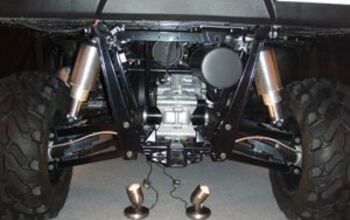
![More ATVs on Ice [video]](https://cdn-fastly.atv.com/media/2022/10/24/8742964/more-atvs-on-ice-video.jpg?size=350x220)




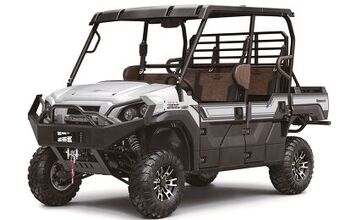
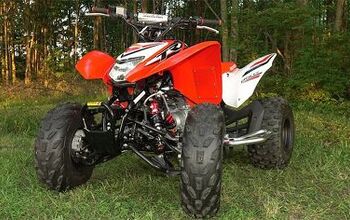
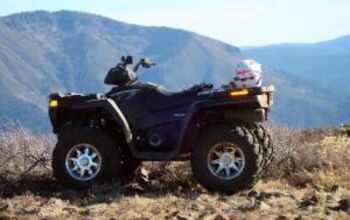





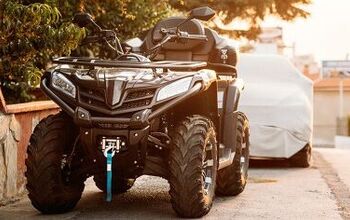
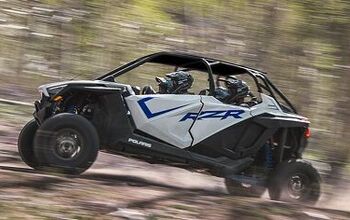
Comments
Join the conversation